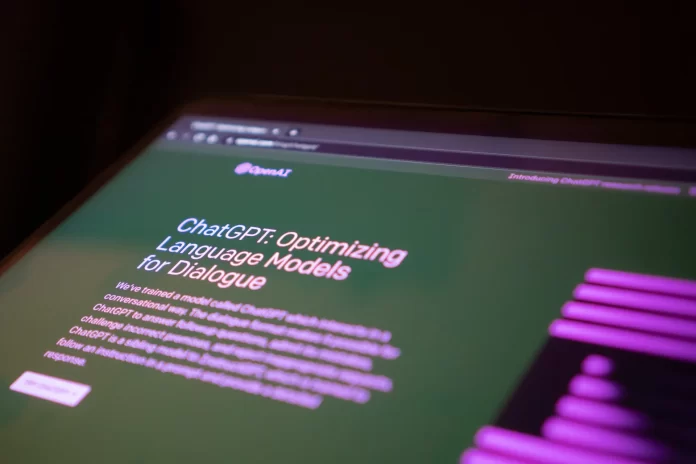Large language models (LLMs) like OpenAI’s ChatGPT are revolutionizing human-computer interaction. But behind the impressive capabilities lies a hidden cost: immense energy consumption.
A recent report by The New Yorker has shed light on the significant energy consumption of large language models like ChatGPT, the chatbot developed by OpenAI. According to the report, ChatGPT processes a staggering 200 million user requests daily, but this feat comes at a hefty cost – an estimated half a million kilowatt-hours of electricity per day.
This translates to a staggering 17,000 times more energy consumption compared to the average US household. Experts like Alex de Vries, a data scientist at Dutch National Bank, point out the inherent energy intensity of AI systems. He highlights that individual AI servers can consume as much power as dozens of homes combined, causing energy usage to snowball rapidly.
AI’s Growing Energy Footprint
ChatGPT’s case highlights the growing concern surrounding the environmental impact of AI. LLMs like ChatGPT are complex algorithms trained on massive datasets. This training process requires immense computational power, which translates to significant energy demands. Additionally, these models operate 24/7 to handle user requests in real-time, further contributing to their high energy footprint.
Data centers housing these systems are notorious for their high energy demands, often relying on fossil fuels for power generation.
The concern extends beyond just ChatGPT. Large-scale adoption of AI technology could have a significant environmental impact. For instance, integrating generative AI into all Google searches is estimated to consume a staggering 29 billion kilowatt-hours annually – surpassing the yearly energy consumption of entire countries like Kenya or Croatia.
However, accurately measuring the entire AI industry’s energy footprint remains a challenge. The vast discrepancies in model sizes and the lack of transparency from big tech companies cloud the issue. Despite the limitations, Alex de Vries, using data from Nvidia (a dominant AI processor manufacturer), estimates that the AI sector could consume a staggering 85 to 134 terawatt-hours annually by 2027. This translates to a potential 0.5% of global electricity consumption – a significant number that warrants attention.
The growing energy demands of AI necessitate a multi-pronged approach. Research into more energy-efficient AI models and increased transparency from tech companies regarding their power usage are crucial first steps. Researchers are exploring avenues like:
- Hardware advancements: Developing more energy-efficient hardware specifically designed for AI applications.
- Algorithmic improvements: Optimizing LLM architectures to reduce computational power requirements without sacrificing performance.
- Renewable energy sources: Powering AI infrastructure with renewable energy sources like solar and wind power.
Additionally, exploring renewable energy sources to power AI infrastructure can significantly reduce the environmental impact of this powerful technology.


